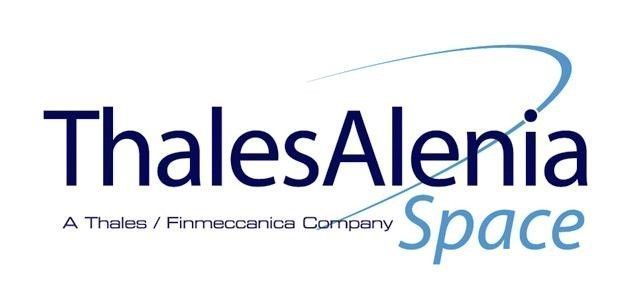
-
StatusCompleted
-
Status date2014-12-17
-
Activity Code5C.220
Satellite operators are pushing for bigger satellites in terms of power and number of embarked antennas. The telecommunications market needs are more and more oriented towards multispots missions in Ku and Ka bands. Thus, in case of lateral antennas, the pallet product is a very interesting solution allowing to deploy several reflectors with a limited number of mechanisms, in particular as regards as motors and Hold down and Release Mechanisms used for the deployment.
A market analysis has shown that all the major competitors in US get pallet product in their portfolio. Thus, it is of prime importance for TAS to study and develop its own solution to bid and to access the relevant market share.
Nowadays, for these applications, Thales Alenia Space bids on requests for proposals with pallet solutions by case by case, which is not a competitive approach. Thus, T.A.S. must have its technical solution, allowing a versatility and modularity in terms of reflectors number, reflectors diameters, accommodation on different platforms and being compatible with different launchers.
This ARTES3-4 project aims to develop an antenna solution keeping the advantages of the “conventional” solutions (antenna RF efficiency, power handling, risks minimization, cost,…) and answering at the same time to the need of more embarked missions. To achieve that goal, this study deals with the conception of an antenna product with several reflectors on a commum structure. This pallet can be used in C, Ku, Ka and X frequency bands, and can be composed of 2 to 5 reflectors, whose diameter depends on mission, shaped coverage or multi beams coverages. This product can be accommodated in single deployment or dual deployment (with a 2.6m reflector for example).
The most important objective is to design a product, which is a compromise between versatility in terms of reflectors number and antenna geometries (same architecture for all the pallets) and cost and mass.
The major challenge of the project is the definition of a low mass and “low cost” antenna structure being compatible with all targeted antenna geometries, conventional reflectors technologies and actuators.
The product shall be developed with the purpose of being compatible of several platforms, several launchers, in terms of mechanical sollicitations and accomodation.
The product developed in the frame of this ARTES3-4 project will complement Thales Alenia Space antenna solutions portfolio with a solution based on innovative technologies and building blocks (CFRP reflectors and structure) offering a possibility to increase the number of missions with only one deployment arm. This new antenna product will help Thales Alenia Space to reach more parts of the market.
The pallet product is a structure accomodated on a lateral face of the satellite. The main components of this product are:
- A CFRP deployment arm
- 2 to 5 CFRP reflectors (according to the mission)
- An Antenna Pointing Mechanism close to the structure to provide all boresights
- A CFRP antenna structure, being able to support different antenna geometries
The reflector technology and most of the antenna components are based on TAS heritage.
The activities of the project are organised according to classical conception phases. The main steps of the design are :
- Requirements consolidation (RF, mechanical, thermal, etc)
- Antenna architecture consolidation (trade-off between several potential technologies for the antenna structure, the objectives being to define the more competitive solution)
- Preliminary design and analysis (mechanical, thermal, functional)
The preliminary design and analysis have been performed and the risks/drawbacks of the product have been identified. The next steps will consist in several local design adaptations in order to cope with all the mechanical and thermal requirements. These improvements will be processed during the full proposal and the EQM manufactured will be tested in thermal, mechanical and RF areas.



